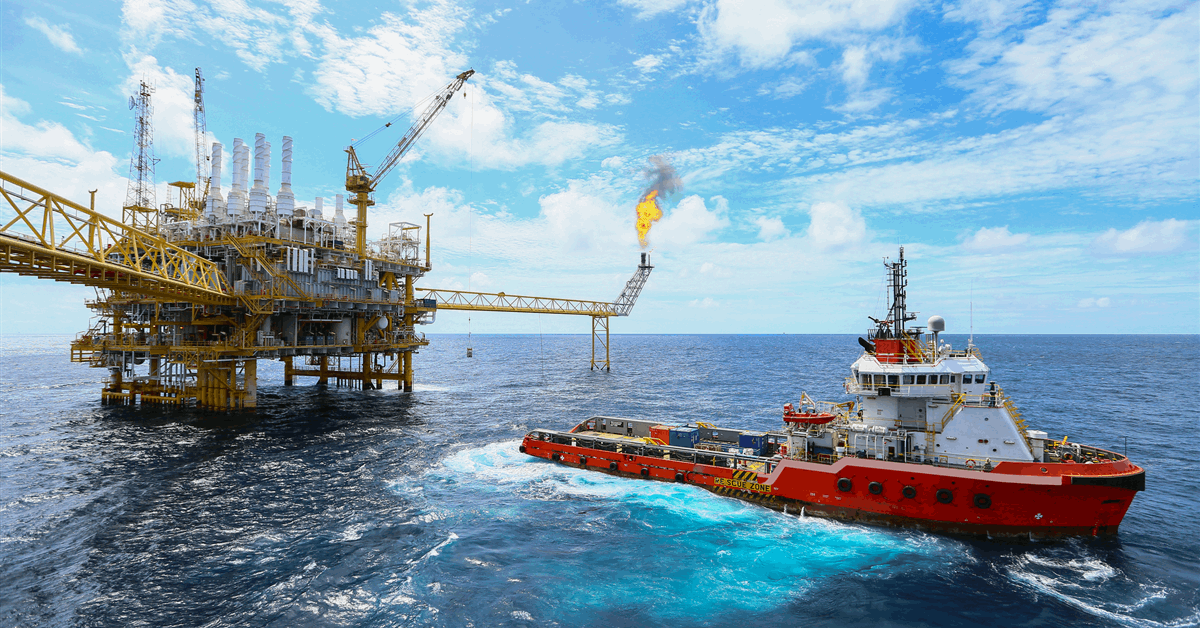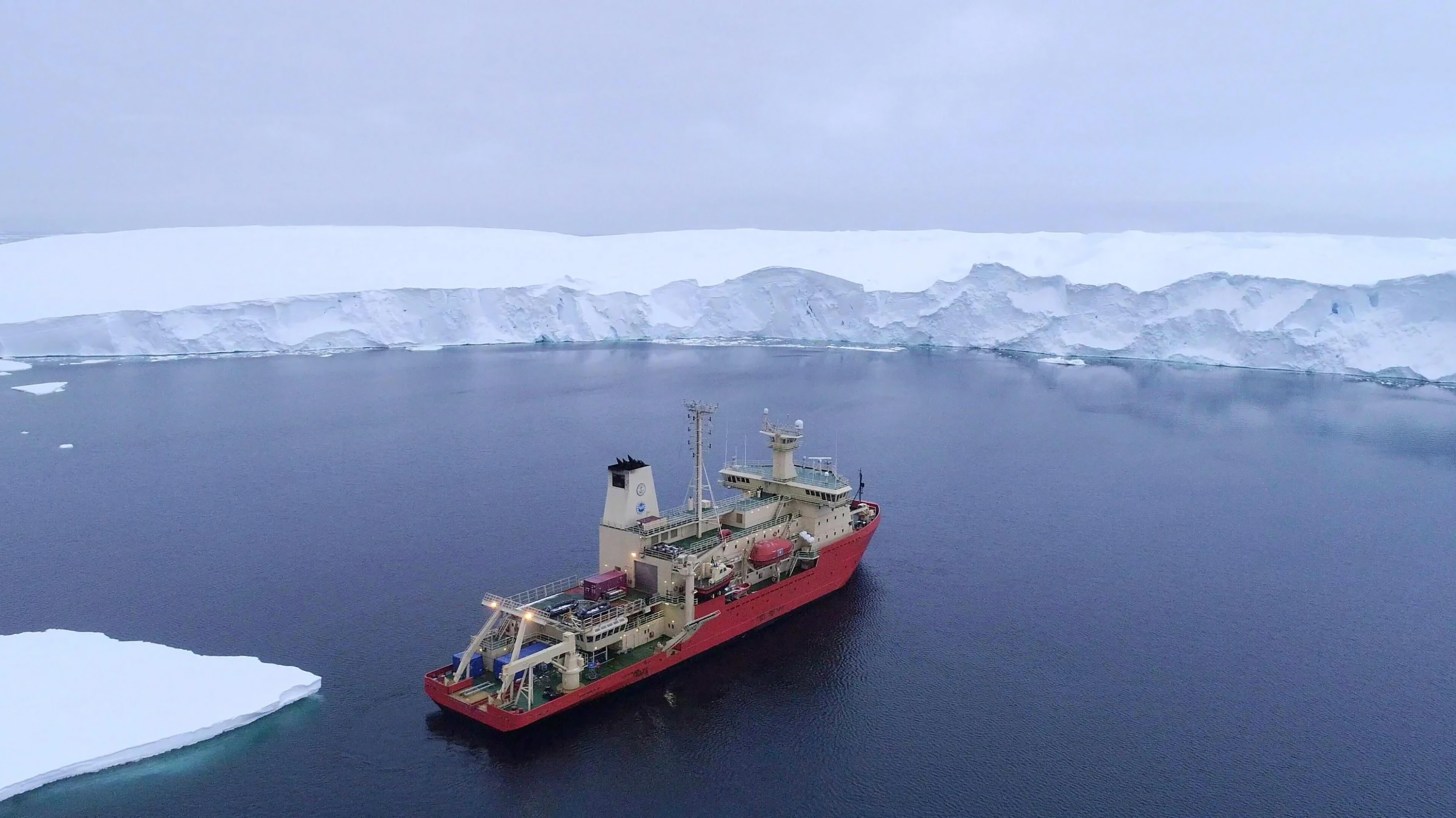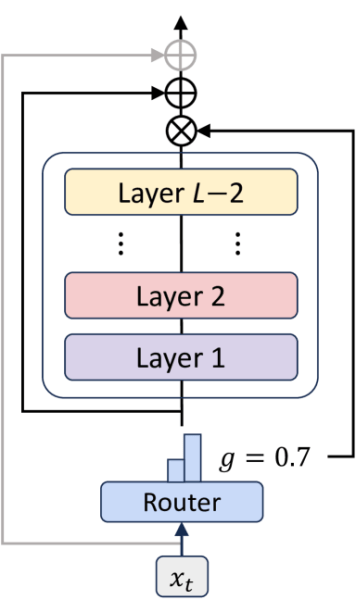
State-owned Petroleo Brasileiro S.A. (Petrobras) has named engineer Angelica Garcia Cobas Laureano as Executive Director of Energy Transition and Sustainability. The company said in a media release that with Laureano’s appointment, Petrobras’ executive board is composed of five women, including one serving as president, out of a total of nine members. Laureano has already spent 21 years with Petrobras in her 45-year career.
This marks the first time in the company’s history that senior management has more women than men, according to Petrobras. Petrobras said the new composition of the executive board demonstrates the company’s dedication to diversity and gender equality.
Petrobras noted that the study “Women in Action,” published by B3 in September 2024, showed that only 6 percent of the 359 companies listed on the Brazilian stock exchange had at least three women on their statutory executive boards. In 59 percent of these companies, there was no female representation on the executive board.
“We are committed to increasing female participation in all sectors of Petrobras because we believe that a diverse team creates a healthier and more productive work environment. I hope we can inspire other women to aspire to leadership positions, especially in the oil and gas sector, which remains predominantly male,” Petrobras President Magda Chambriard said.
Petrobras created its Executive Office of Energy Transition and Sustainability in April 2023. According to Petrobras, this department includes gas and energy processes, climate change, decarbonization, and renewable energy, and collaborates with other divisions within the company on the research and development of transition-related projects.
“We will continue to invest heavily in decarbonization projects, the production of more sustainable fuels, and the diversification of renewable energy sources. As leaders in the energy transition, we reaffirm our commitment to achieving net-zero operational emissions by 2050”, Laureano said.
To contact the author, email [email protected]
What do you think? We’d love to hear from you, join the conversation on the
Rigzone Energy Network.
The Rigzone Energy Network is a new social experience created for you and all energy professionals to Speak Up about our industry, share knowledge, connect with peers and industry insiders and engage in a professional community that will empower your career in energy.
MORE FROM THIS AUTHOR





















